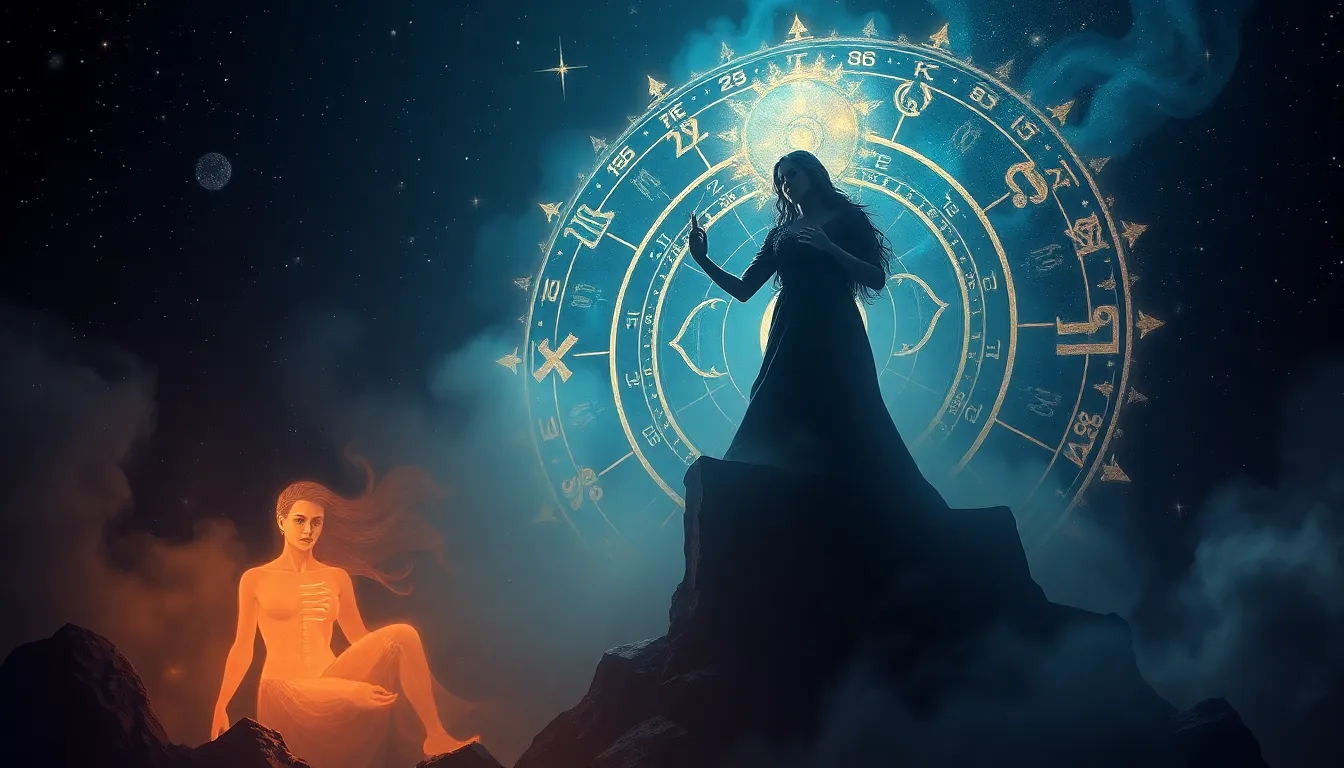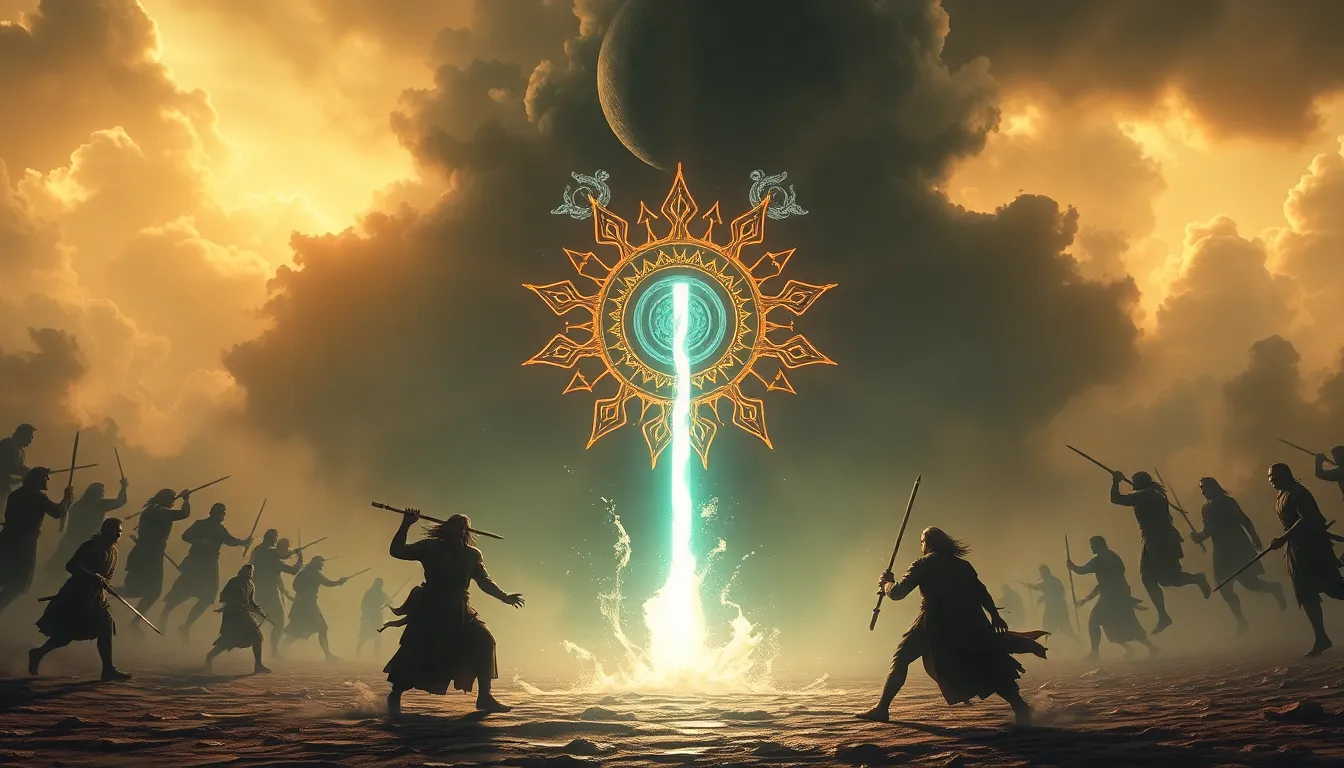The Ultimate Guide to Mythological Weapons: From Legends to Lore!
I. Introduction to Mythological Weapons
Mythological weapons are not just tools of war; they are imbued with symbolism, power, and divine significance across various cultures. These artifacts often embody the characteristics and ideals of the gods, heroes, and civilizations that created them. They serve as symbols of authority and moral lessons, influencing the narratives of myths and legends.
The cultural impact of these weapons is profound, shaping art, literature, and even modern storytelling. They provide insight into the values, fears, and aspirations of the societies that revered them. This guide aims to explore the fascinating world of mythological weapons, delving into their roles, representations, and significance in both ancient and contemporary contexts.
II. The Role of Weapons in Mythology
Weapons in mythology often carry deep symbolic meanings. They represent not only physical power but also moral and ethical struggles. Let’s explore their roles further:
- Symbolism of weapons in ancient cultures: Weapons often symbolize justice, revenge, and the balance of power between good and evil.
- Weapons as tools of power and protection: Many mythological weapons were believed to protect their wielders and grant them divine favor.
- The connection between gods, heroes, and their weapons: Mythological narratives frequently emphasize the bond between a hero and their weapon, highlighting themes of destiny and divine intervention.
III. Legendary Weapons from Various Cultures
A. Greek Mythology: The Power of the Gods
Greek mythology is rich with powerful weapons that were often crafted by divine beings:
- Zeus’s Thunderbolt: The ultimate weapon of the king of the gods, used to enforce justice and demonstrate power.
- Poseidon’s Trident: A symbol of authority over the seas, capable of causing storms and earthquakes.
- Hades’ Helm of Darkness: A helmet that grants the wearer invisibility, representing the unseen forces of the underworld.
B. Norse Mythology: Instruments of Fate
Norse mythology features weapons that reflect the harsh realities of life and death:
- Thor’s Hammer (Mjölnir): A powerful weapon that symbolizes protection, capable of leveling mountains and returning to Thor’s hand.
- Odin’s Spear (Gungnir): Known for never missing its target, it represents Odin’s wisdom and martial prowess.
C. Hindu Mythology: Divine Artifacts
In Hindu mythology, weapons often represent divine justice and cosmic order:
- Vishnu’s Sudarshana Chakra: A spinning disc that symbolizes the cycle of time and the power of righteousness.
- Shiva’s Trident (Trishula): A weapon representing the three aspects of existence: creation, preservation, and destruction.
IV. Legendary Heroes and Their Iconic Weapons
Throughout history, many legendary heroes are defined by their iconic weapons:
- King Arthur and Excalibur: The sword symbolizing rightful sovereignty and legendary leadership.
- Beowulf and the Sword Hrunting: A sword that represents bravery and the struggle against evil.
- Achilles and the Shield of Achilles: A shield that embodies the hero’s might and his tragic destiny.
V. The Creation and Craftsmanship of Mythological Weapons
The creation of mythological weapons often involves divine craftsmanship, adding to their legendary status:
A. Divine smiths and their legendary creations
- Hephaestus in Greek mythology: The master smith who forged many of the gods’ weapons and armor.
- Dwarves in Norse mythology: Renowned for their unparalleled skills in metalwork, crafting powerful artifacts like Mjölnir and Gungnir.
B. The significance of the crafting process in myths
The crafting of these weapons often symbolizes the transformation of raw materials into powerful tools, reflecting themes of creation and divine intervention.
VI. Weapons of the Underworld: Dark and Cursed Artifacts
Mythology also features weapons that carry dark or cursed attributes, often leading to tragic outcomes:
A. The significance of cursed weapons in mythology
Cursed weapons serve as warnings against hubris and the consequences of wielding power irresponsibly.
B. Examples of notable cursed weapons
- The Sword of Gryffindor (Harry Potter): A weapon that absorbs that which makes its wielder stronger, yet carries the weight of past bloodshed.
- The Ring of the Nibelung: A cursed ring that brings misfortune, representing greed and its destructive consequences.
VII. The Evolution of Mythological Weapons in Popular Culture
Mythological weapons continue to influence modern literature, film, and other media:
A. Influence of mythology on modern literature and film
Many contemporary stories draw inspiration from mythological weapons, integrating them into their narratives to add depth and symbolism.
B. Examples of mythological weapons in contemporary media
- Marvel’s Thor wields Mjölnir, bringing Norse mythology to the forefront of popular culture.
- The “Percy Jackson” series features numerous mythological artifacts, educating a new generation about their origins and significance.
C. The relevance of these weapons in today’s storytelling
These weapons remain relevant as they symbolize timeless themes such as heroism, sacrifice, and the eternal struggle between good and evil.
VIII. Comparative Analysis of Mythological Weapons
By examining mythological weapons across cultures, we can uncover deeper meanings:
A. Similarities and differences across cultures
Many cultures share archetypal themes in their mythological weapons, such as the hero’s journey and the concept of divine justice.
B. The universal themes represented by mythological weapons
These weapons often embody universal themes of power, morality, and the quest for knowledge, transcending cultural boundaries.
C. How these comparisons enhance our understanding of mythology
Comparative analysis allows us to appreciate the diversity of mythological narratives while recognizing shared human experiences throughout history.
IX. The Legacy of Mythological Weapons
The legacy of mythological weapons is enduring, influencing not only storytelling but also our understanding of power, morality, and the human condition.
As we continue to explore these artifacts, we gain insight into the cultures that revered them and the timeless lessons they impart.



